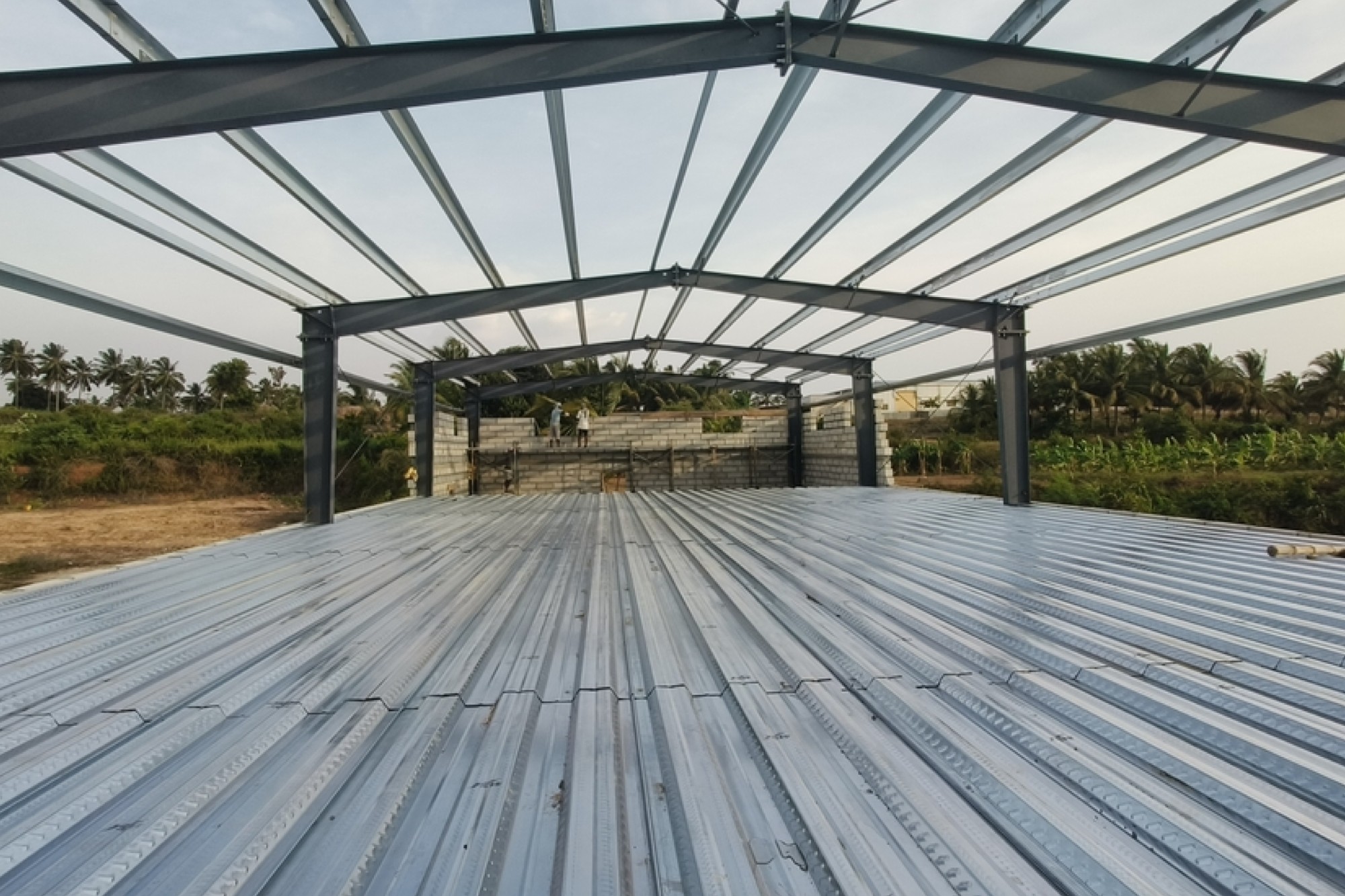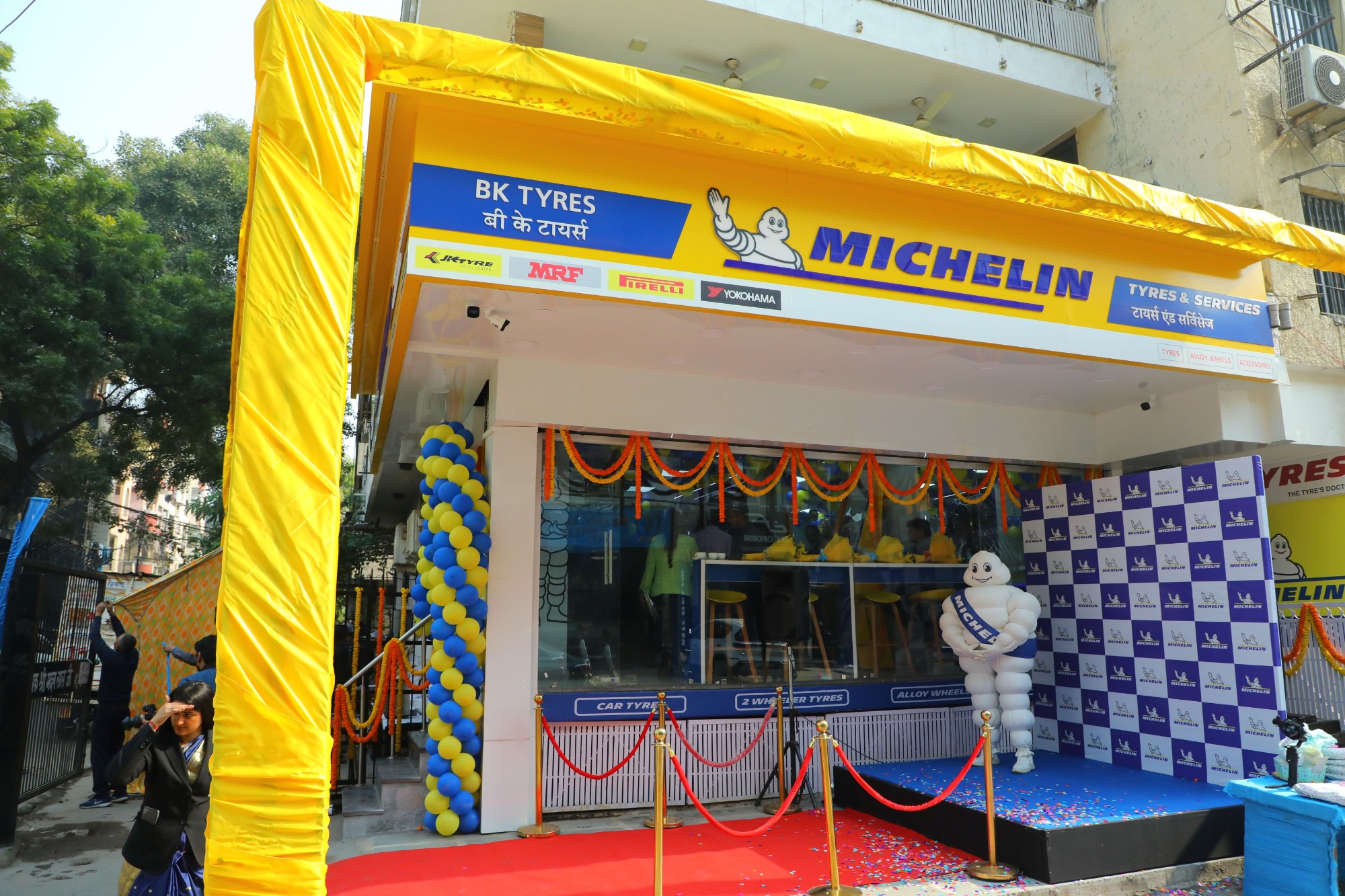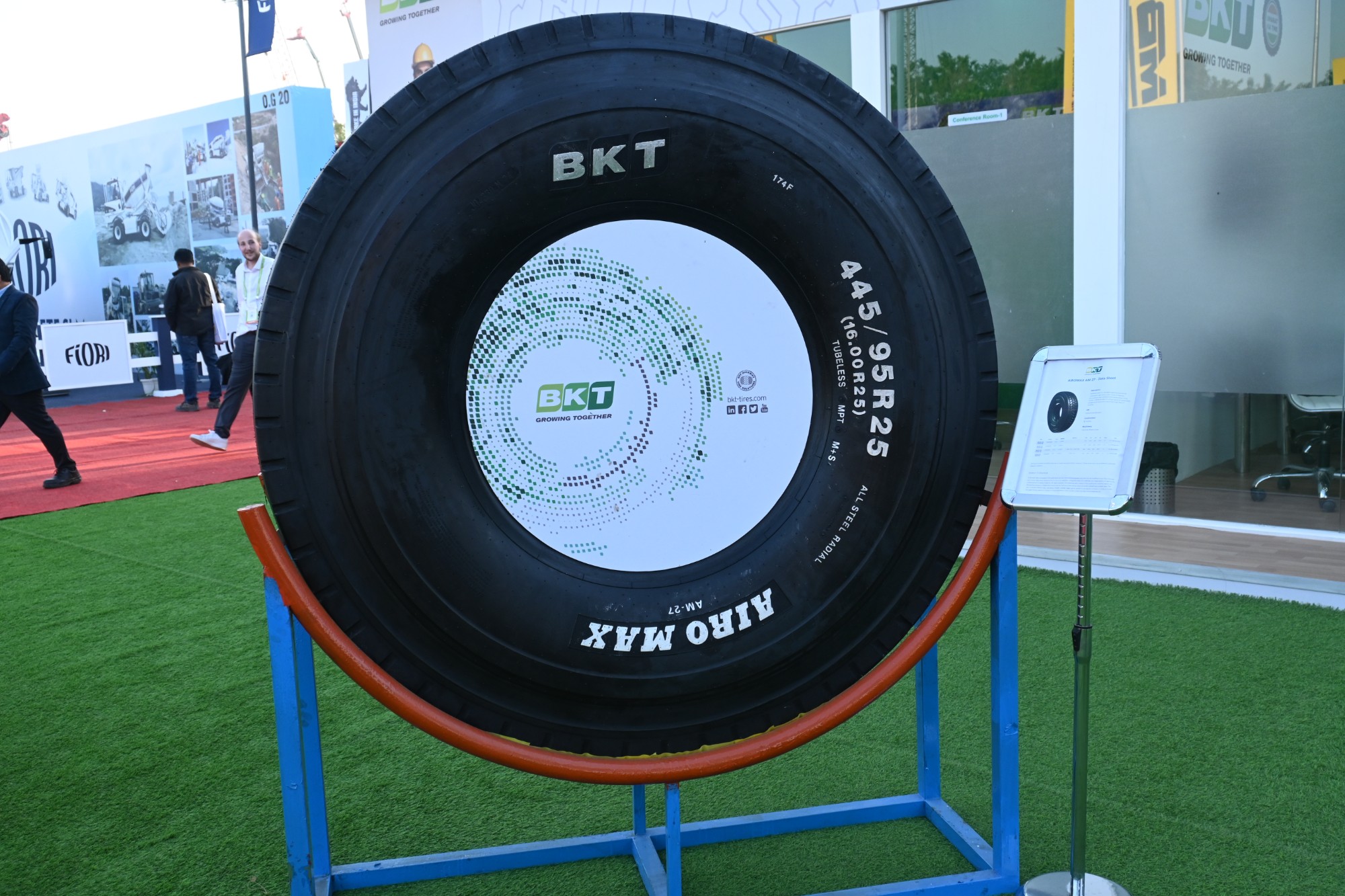Transforming India with Gati Shakti
By Edit Team | October 15, 2021 2:54 pm SHARE

GatiShakti aims to achieve synchronous decision making to create a seamless multi-modal transport network to transform India.
Infrastructure has often been the back on which countries have transformed themselves. A critical enabler in the success of some countries like the USA, Japan and South Korea was a multi-modal transport network, that significantly reduced the cost of logistics, boosting export competitiveness. As India seeks to usher in an economic transformation, exports will be the key. However, our infrastructure has often been cited as a binding constraint in raising the potential growth rate of our country.
Why does infrastructure matter? In economics parlance, multiplier effects accrue to the economy through infrastructure spending. This means that not only does the project contribute immediately through increased demand for labour, construction materials, but also through the second-order effects improved connectivity brings. Goods & people will move faster between destinations. The cost of logistics comes down.
At the same time, the infrastructure plan of a country must seamlessly & efficiently move goods & people across various modes of transport. However, this requires a coordinated approach. For instance, roads would feed into railway lines which in turn would feed into ports, efficiently moving goods from the hinterlands to the ports. This would enable the development of multiple urban, industrial centres across India. These urban centres, in turn, would enable balanced regional development, as multiple industrial clusters could sprout up across India.
However, while India has tried to achieve the same, an end-to-end seamless, multi-modal transportation network is some way away. For instance, roads dominate the share of traffic. 64percent of the freight in India is moved through roads. As diesel drives road transport, any spike in oil prices raise prices across the board, through higher transport costs and also because fuel is not part of GST, which means input tax credit is not available.
Furthermore, while many economic zones, industrial parks, logistics hubs and ports were planned, they often suffered owing to inefficient multi-modal connectivity, and also due to their small size. A lack of scale in manufacturing and an inefficient logistics network hampered our global competitiveness.
However, achieving an efficient, seamless multi-modal transport network is no easy task. It requires independent government departments to work in close coordination and collaboration, guided by an overarching master plan.
The Gati Shakti programme marks a paradigm shift in decision making to break the silos of departmentalism. In the proposed Plan, all the existing and proposed economic zones have been mapped along with the multimodal connectivity infrastructure in a single platform.
GatiShakti will bring synergy to create a world-class, seamless multi-modal transport network in India. The Plan will employ modern technology and the latest IT tools for coordinated planning of infrastructure. A GIS-based Enterprise Resource Planning system with 200+ layers for evidence-based decision-making is one example. Digitisation will play a big role in ensuring timely clearances and flagging potential issues, and in project monitoring as well.
An efficient logistics network is one necessary condition. Another one is achieving economies of scale in manufacturing. State governments must take the lead in identifying parcels of land for industrialisation in consonance with the national plan to reap the maximum benefits of jobs and growth.
Climate change is upon us and all projects must incorporate adaptation and mitigation strategies. Indian Railways has made substantial commitments in greening railways, by committing towards becoming a net-zero carbon emitter before 2030. The targets set for electrification must be regularly monitored.
Much has been achieved in ensuring India can transform into a manufacturing powerhouse. A continuous easing of the business environment, coupled with economic reforms will boost formality & productivity. Availability of large tracts of land can help achieve scale in manufacturing. Public investments in infrastructure will reduce the cost of logistics, by creating a seamless multi-modal infrastructure network. However, this would require synchronisation across various government levels and departments to execute. This is what the GatiShakti plan aims to achieve – synchronous decision making to create a world-class, seamless multi-modal transport network, on the back of which India will be transformed.
Cookie Consent
We use cookies to personalize your experience. By continuing to visit this website you agree to our Terms & Conditions, Privacy Policy and Cookie Policy.




































































